Two recent things that changed the way I structure my classroom-based health classes are the pandemic, with the remote/hybrid experience, and my school’s transition from 40 minute periods to 85 minute periods. Both of these significant events led to me being more intentional about my planning, ensuring that I use my time with students most effectively.
The start of my lessons has always been a bit loose. I greeted students, we chatted and then typically one would say – “What are we doing today?”, to which I would always respond “What are we learning today?” – which is half dad-joke, half-teacher joke, and 100% the best way to reframe that question.
The past two years has seen me start my lessons with slides projected on the board that appear as a simple warm-up/check-in, but in fact reap significantly more powerful results than perhaps students would expect.
My students learn pretty quickly that I believe in the power of relationships, that I care about each and every one of them and that I believe that they have the power to achieve the ‘A’ in life that they deserve. My simple check-ins at the beginning of the week, and check-outs at the end of the week are a little silly, and very effective at allowing me to know more about my students, their interests, and what is going on in their lives.
I recently tweeted examples of the slides that I use and they were so well received that I think it warrants this blog post.


The questions asked of the students rarely change, but the quirky visual prompts change each week. I share a link to my folder of these conversation starters at the end of the blog post.
The dolphin question above is an example of the silly nature of the first question asked. There’s no wrong or right answer, (THERE IS A CORRECT ANSWER, SCROLL DOWN TO FIND OUT!) and it’s fun hearing students justify their answer. Typically I’ll take a quick vote – who chose the mouth? Who chose the blowhole? I’ll hear some justifications, and then I’ll ask if any students play the trumpet – they can decide which is the correct answer.
The question is non-threatening, every answer is valid, each voice is respected, and the chances are if I call on any of my students they will feel confident answering.
Before I share more examples, let’s take a look at the other questions being asked. It’s my aim to create a sense of community in my classroom. If there’s a student success, I want us all to acknowledge it. I want all 30+(!) students in my class to feel like we are all in it together, working towards getting the most from our semester.
For the written responses I provide sheets of paper or index cards. The questions asked are open-ended and allow students to write as much, or as little as they wish.
For every student who writes “I have nothing to write” there is a student who shares something that I can follow up with in the future. Perhaps they have sports trials coming up, or they made the cast of the school play. I’ve had students share their concerns about future tests and quizzes, anxiety about a social event, a falling out with friends, or the death of a pet.
In my prep period I’ll read through each of the cards. Half don’t warrant a follow-up, and the others I set aside and bring to my next lesson. Now I have really warm conversations to have with students. “How’s your Aunt doing?”, “Did you make the team?”, “How was that Chemistry test last Friday?”. These follow ups are so very powerful. I get to know my students a little better, and my students know that my classroom space is a caring one.
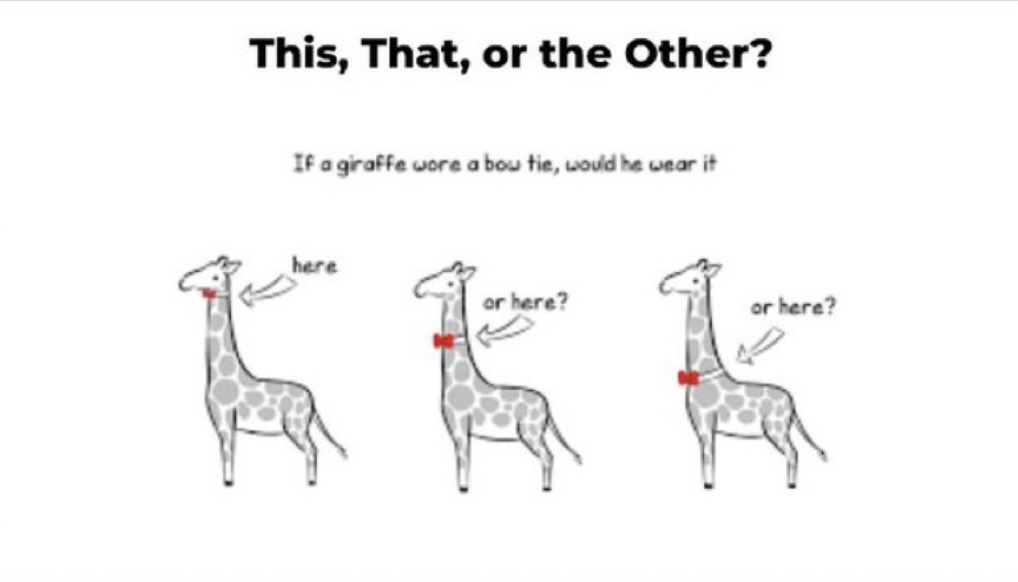
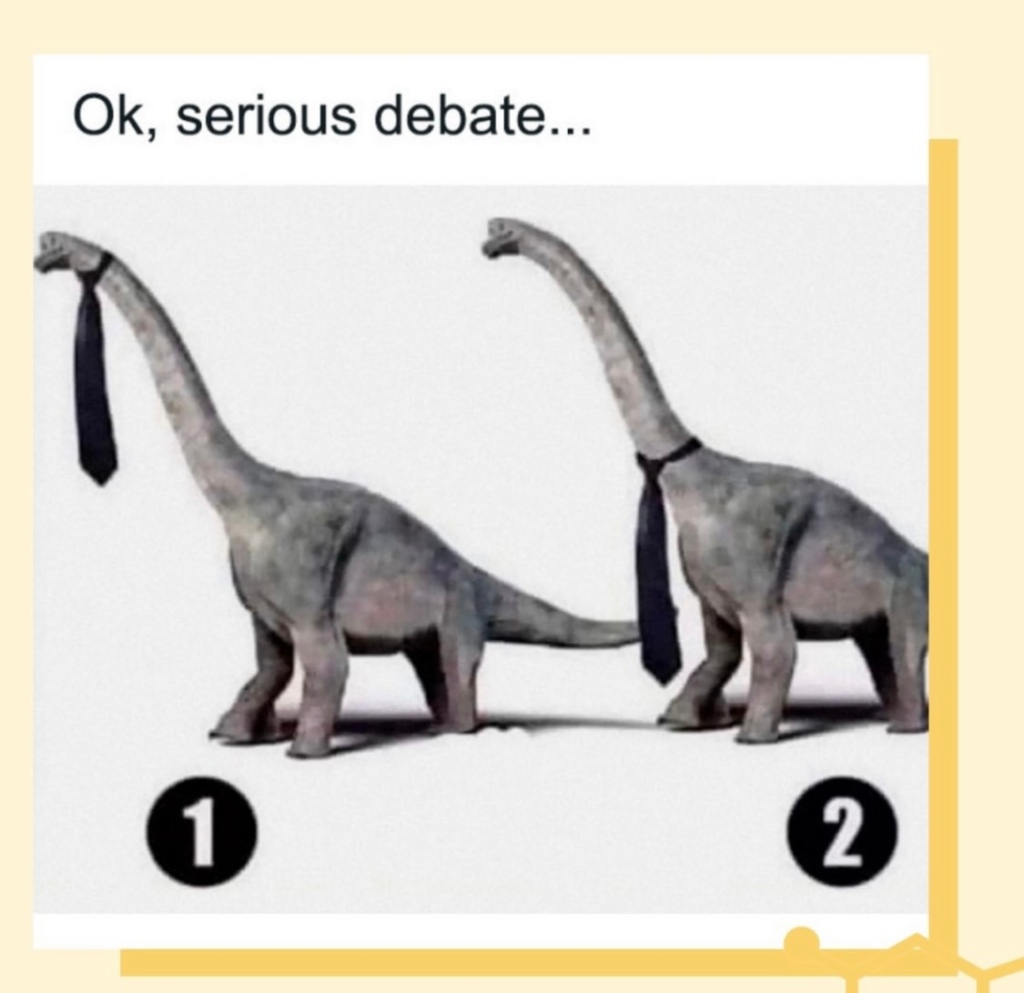
These are similar to the dolphin question AND a fun fact is that one of my past students is now a zookeeper! Imagine his surprise when I reached out to him after maybe 5 years to ask him to settle the debate of how would a giraffe wear a bow tie. The official answer is the first image!
Keep an eye on popular memes to see if you can incorporate them into your conversation starters. Googling “On a scale of meme” will give you images such as the ones above. Again, let students identify their selection and then ask the class – who chose image 1? Who chose 2? etc. Asking students to explain their choice again allows you to check the temperature of the room. Teaching a class of Beyonce number 6’s might be different than a class of Beyonce number 10’s.
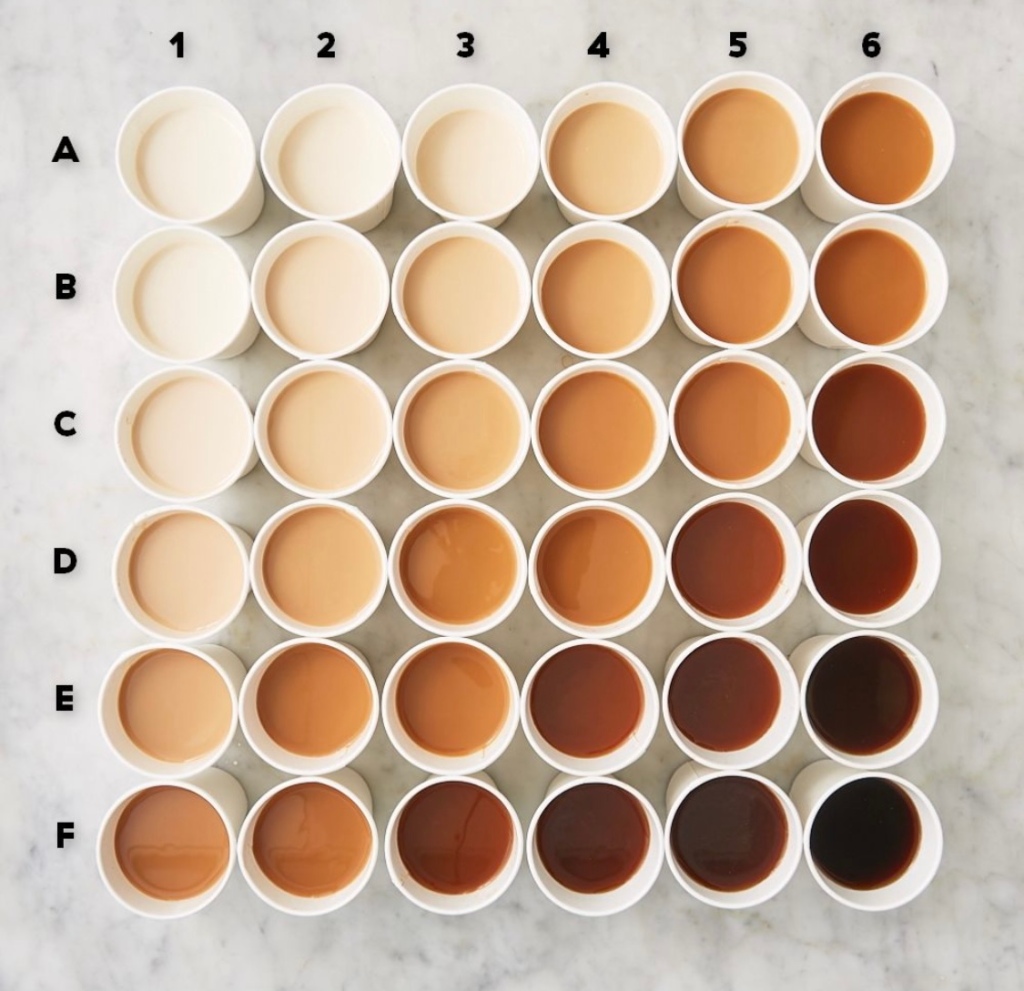
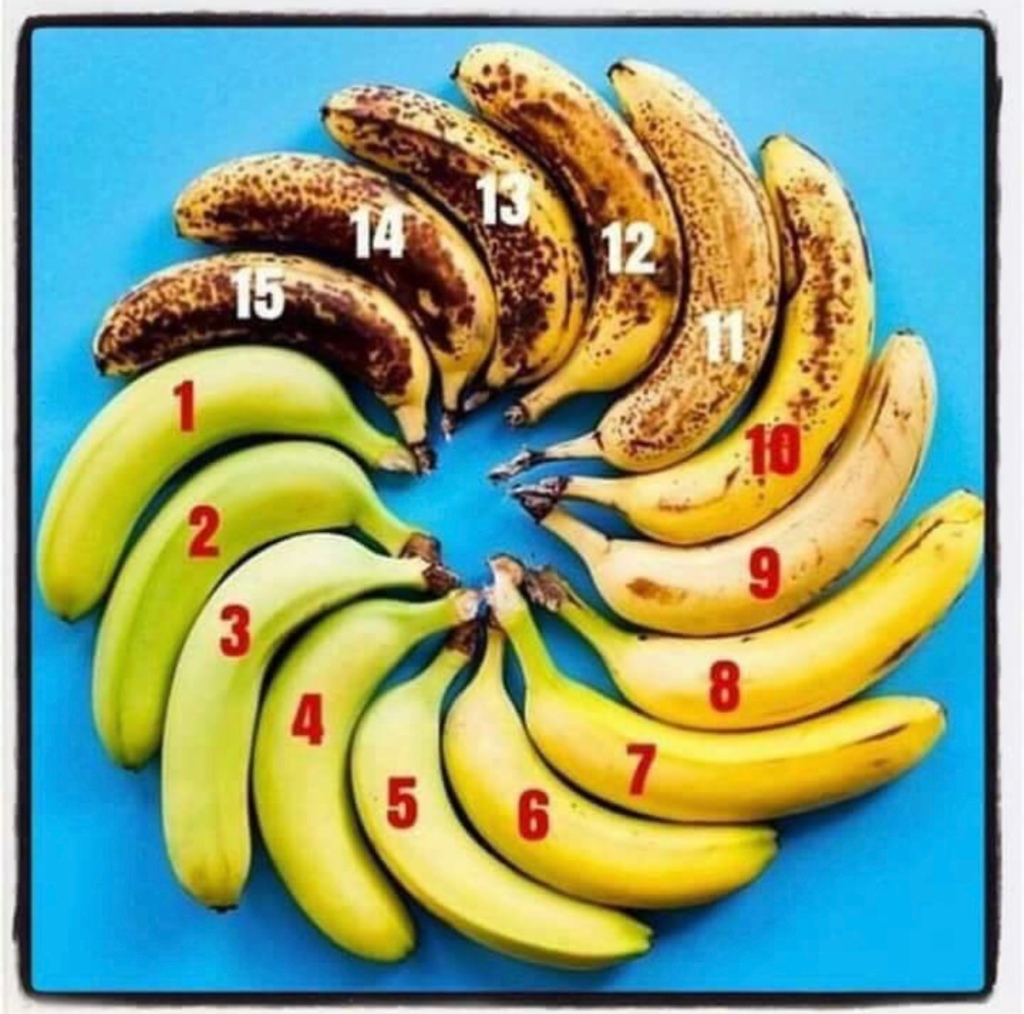
Food related questions are always popular. In the first image above you have to identify which cup of tea or coffee would be the one students are most likely to drink. Remembering that food can be personal to families and communities, I urge you to ensure that your images represent the students in front of you. With the image on the right, which would be the perfect banana for eating? You’ll be surprised at how passionate students get about their fruit, and what they would do with the other, unselected fruit. Banana bread? Smoothies? Inedible and disposed of?
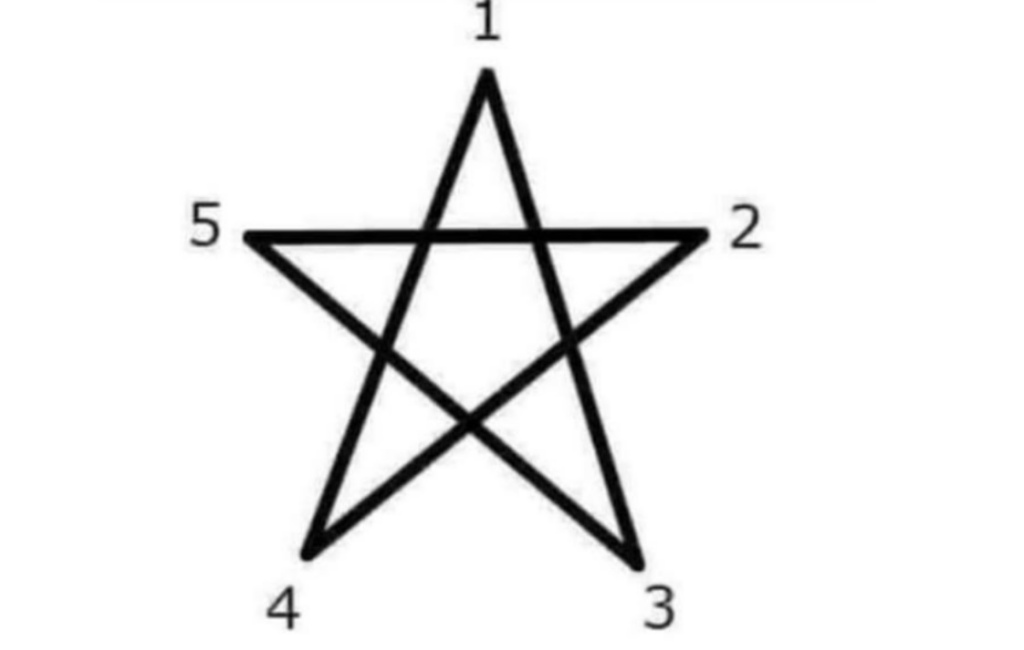
This one is a personal favorite of mine as it was something I had never thought of before. You would think that everyone draws the shape above in exactly the same way – but they don’t. For the record I start at 4, and then go 1,3,5,2. How about you?
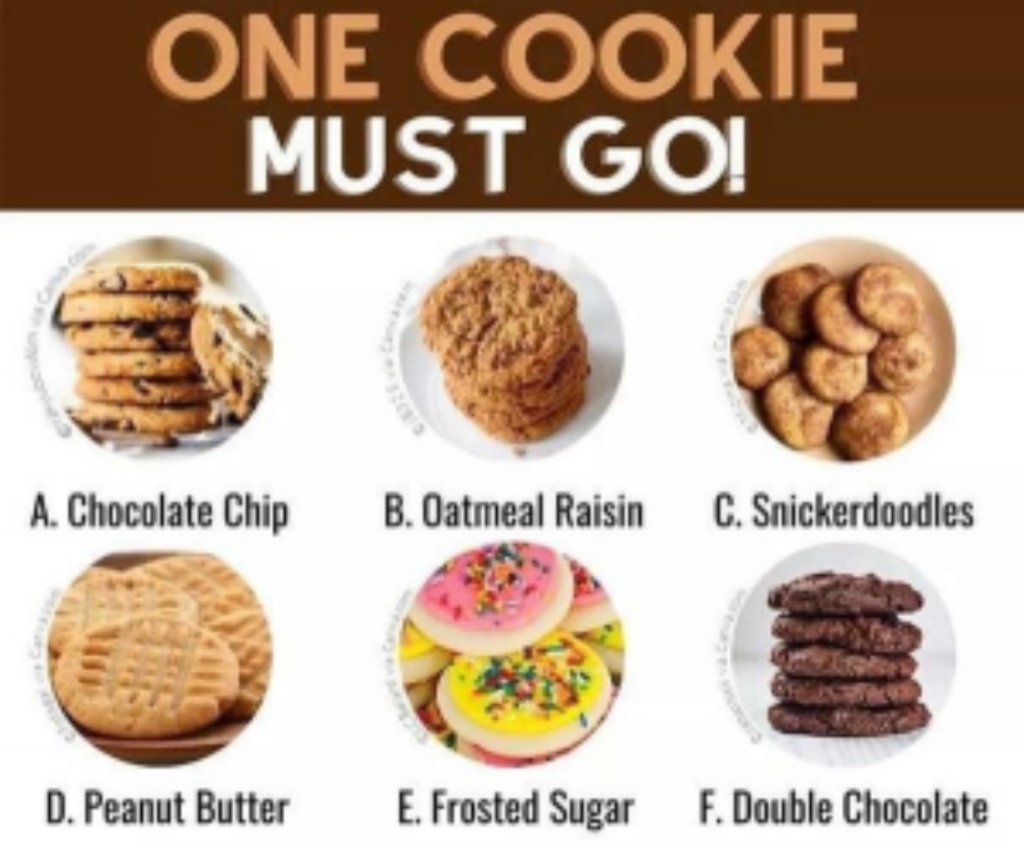
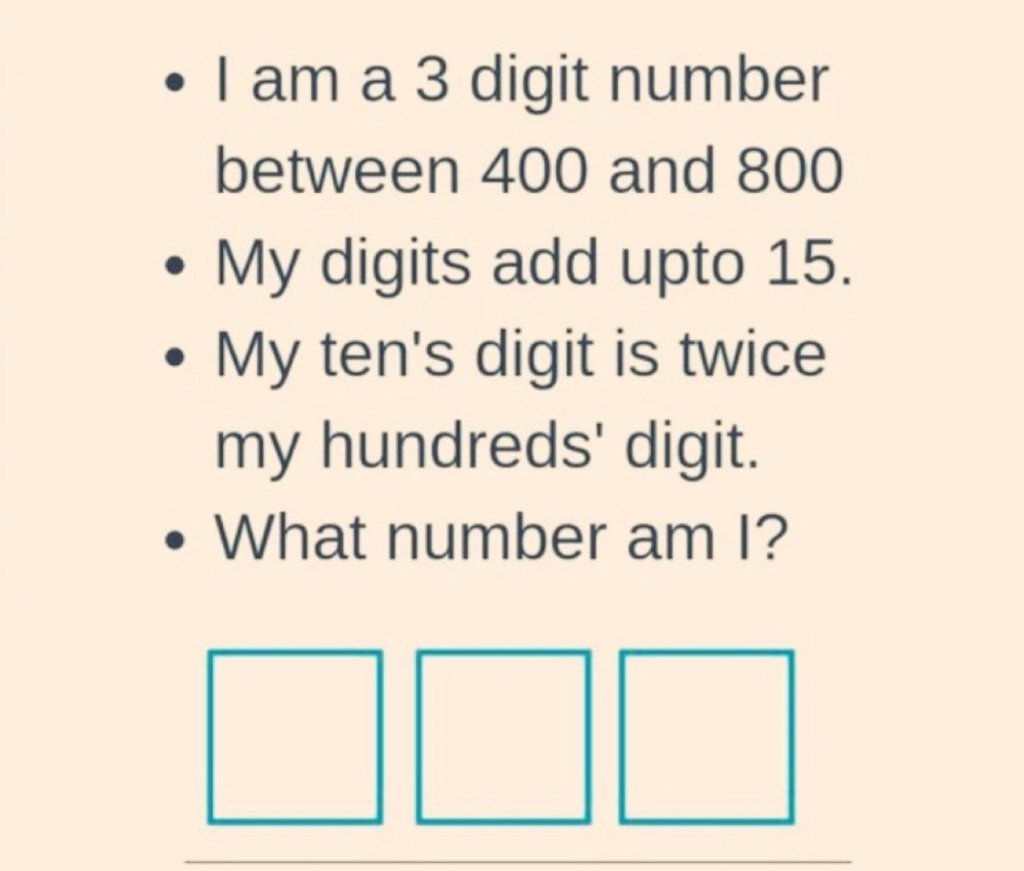
When I shared my ideas on social media, a few teachers mentioned that using ‘would you rather?’ statements worked in their classrooms. Jessica Matheson, SHAPE America’s Health teacher of the year for 2022 shared her collection of prompts, aligned with HECAT modules, here. It’s fantastic.
Would you rather face your fears or forget that you have them?
Before I sign off, lets take a look at my check-out slide, used at the start of my final lesson of the week with students.
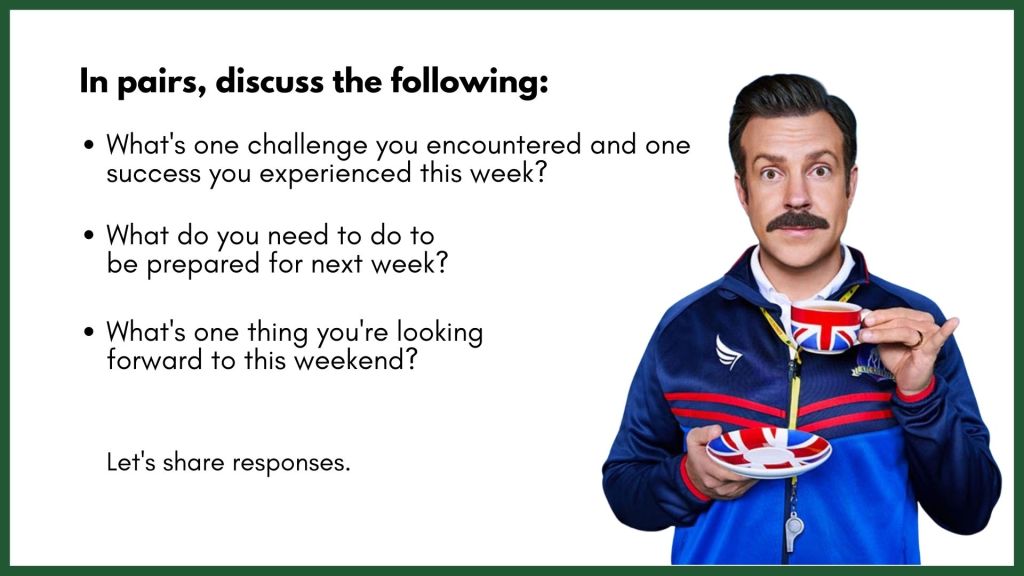
I model my answers with students. I always have something to do over the weekend to be better prepared for the week ahead. I’ll share what my family has planned for the weekend, and I’m eager to hear what students have planned too…..inevitably quite a few say ‘sleep’!
Like Jeff, I keep a google folder in which I drop any images that are perfect for a future conversation starter. You can find the link to my folder here.
If you liked this blog post, you might also like the following:
Building Relationships Remotely – examples of how I develop relationships with students.
I’ve Seen The Future – a great activity I do with students in the first weeks of the semester.
Say My Name – blog post on the power of learning student names.
Check it out! I wrote to the Shedd Aquarium and asked them to answer our dolphin question and they wrote back!

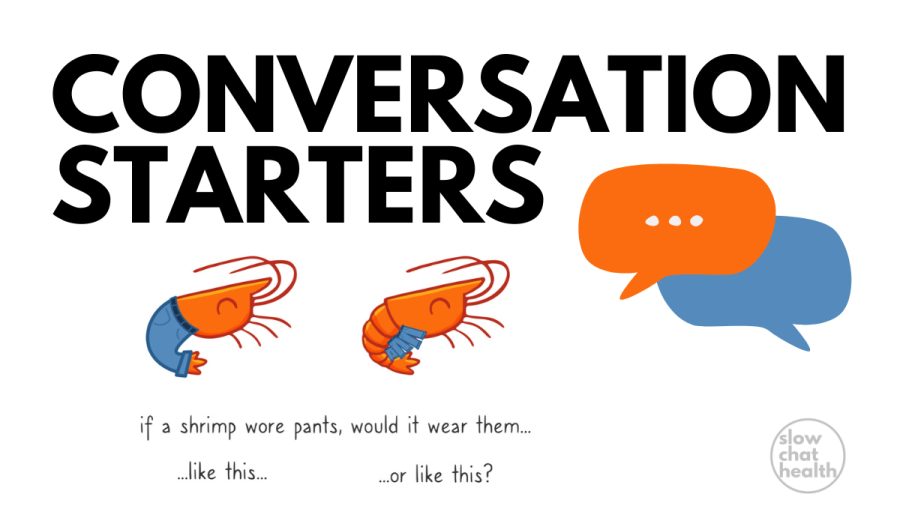
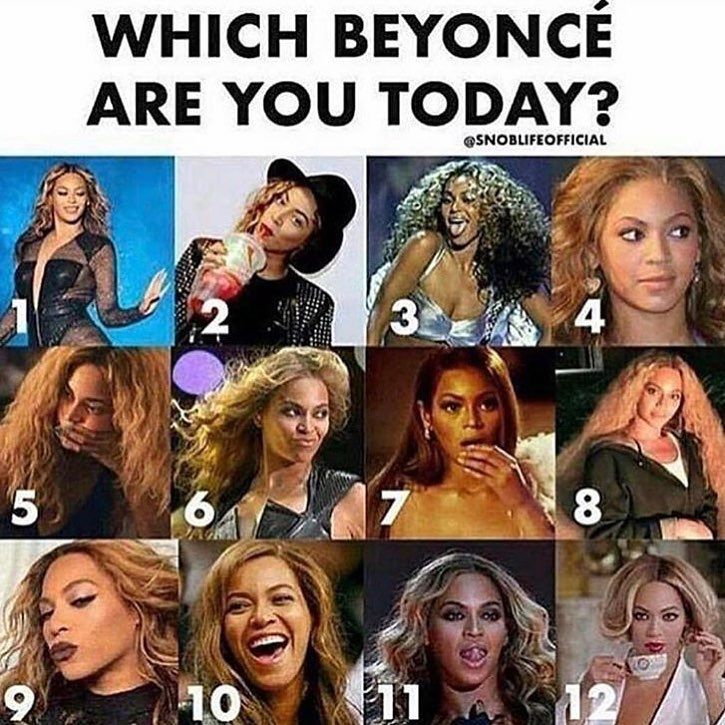
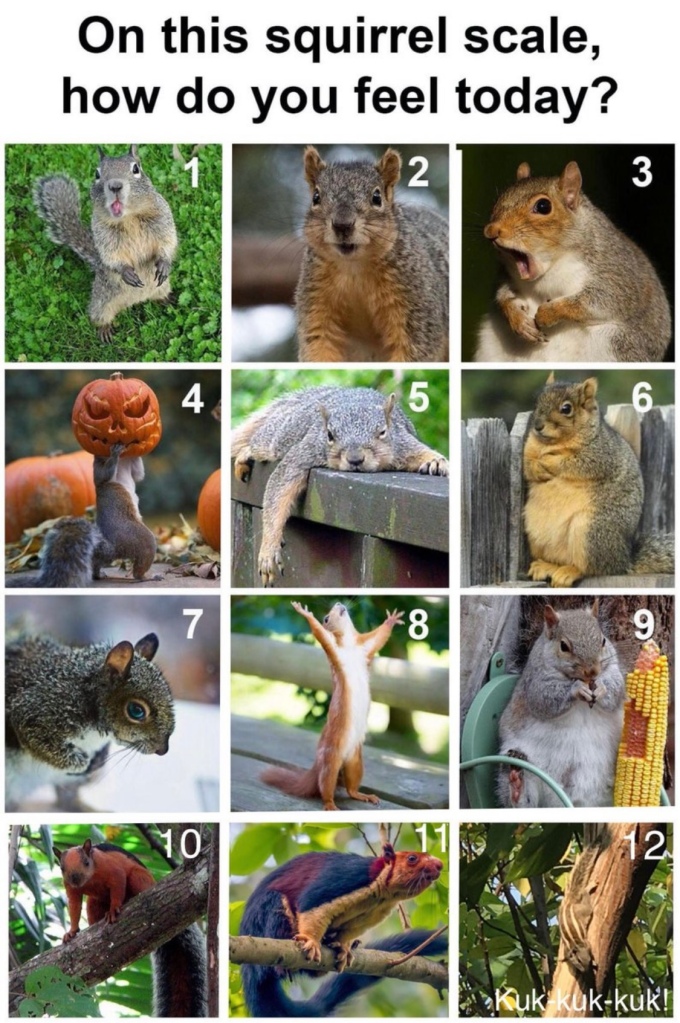
Pingback: On Being Brave, Kind and Proud – #slowchathealth